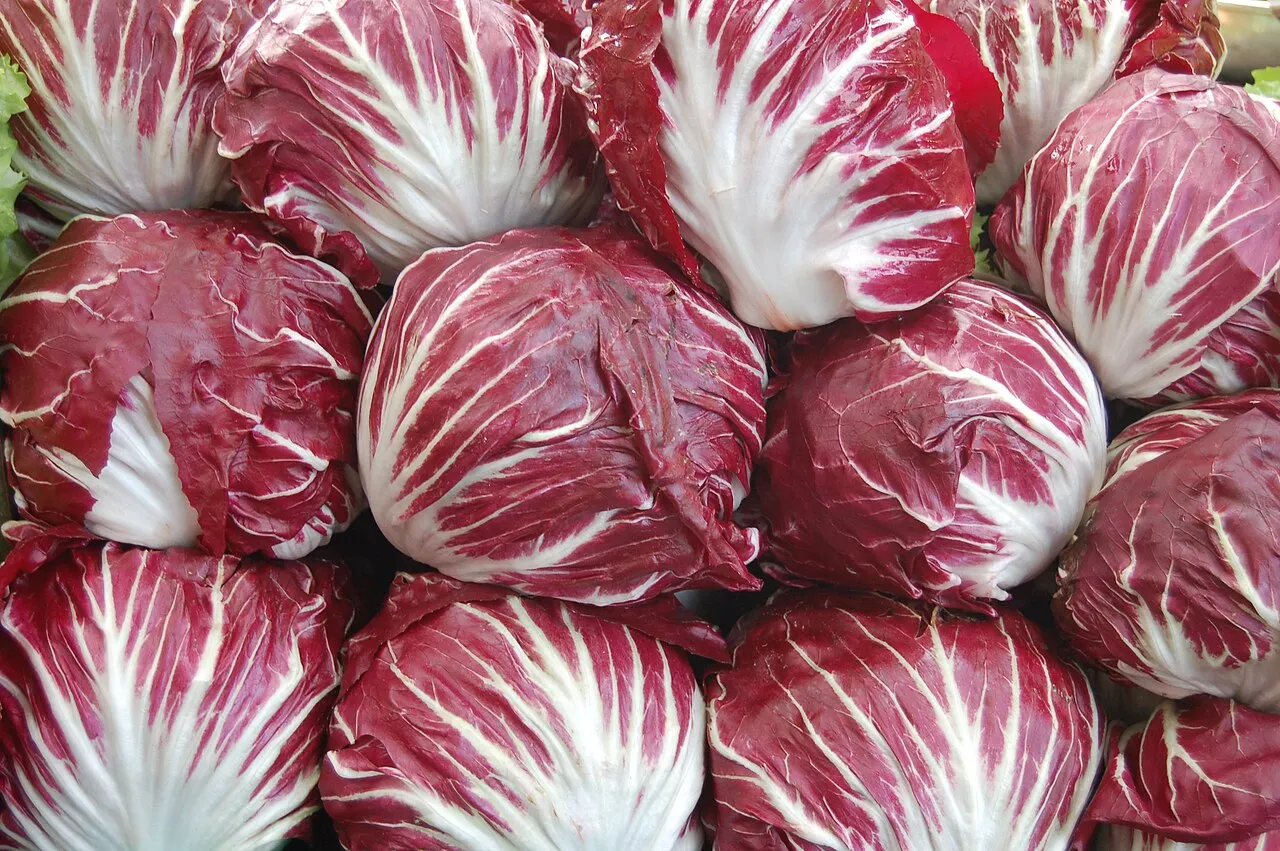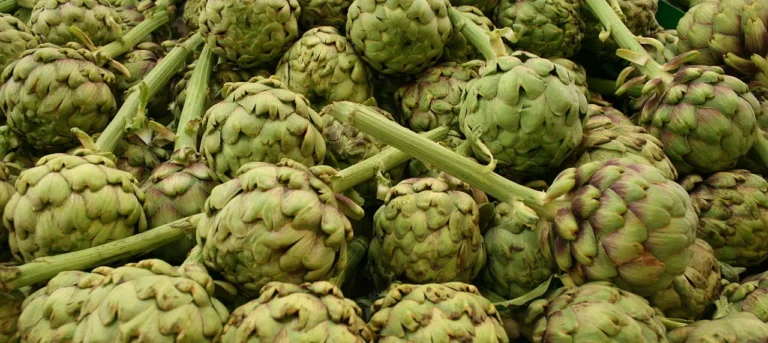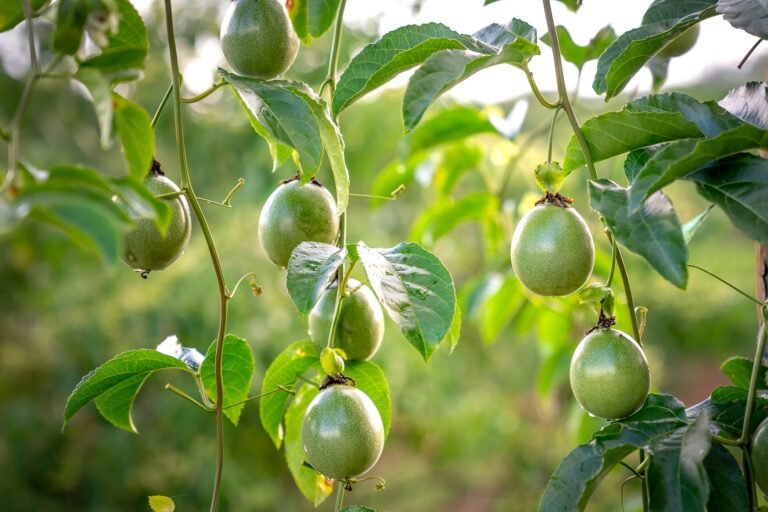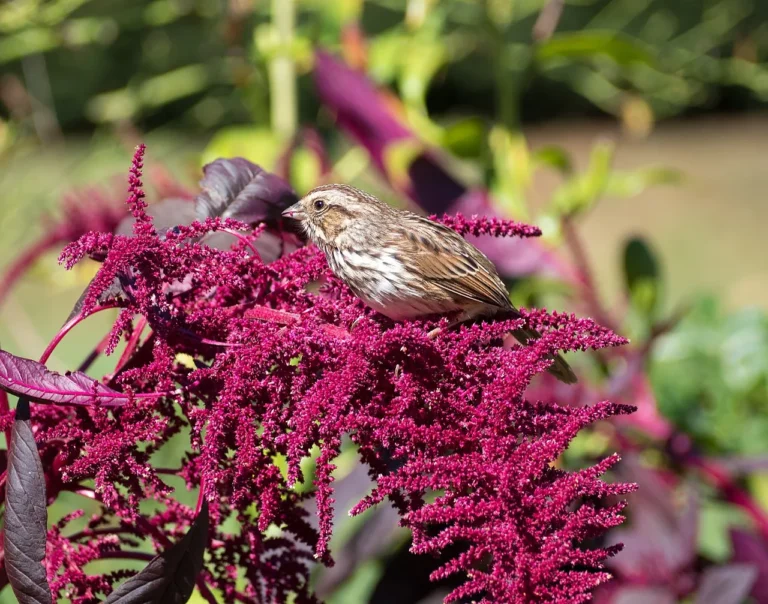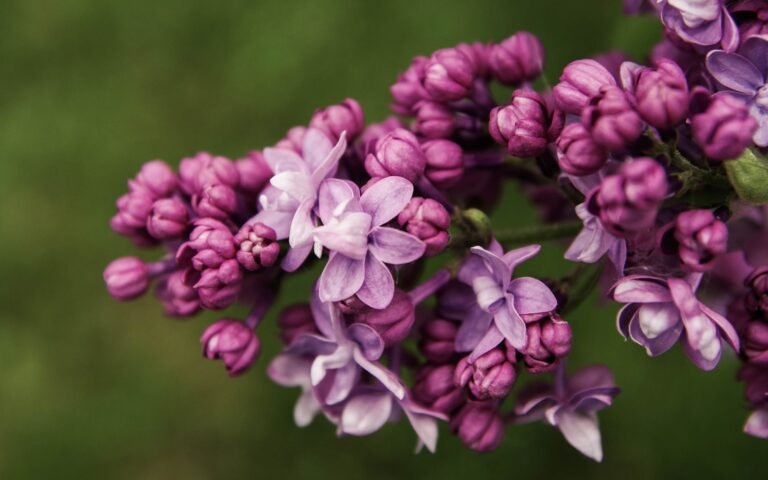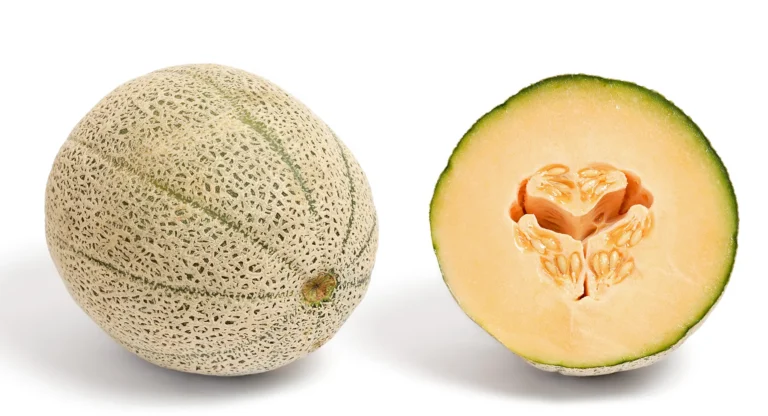Radicchio: The Gardener’s Guide to This Chicory Charm
Radicchio, with its striking red-and-white leaves, is a type of chicory that’s both ornamental and edible, prized for adding a bold, peppery flavour to dishes. Originating from Italy, radicchio (Cichorium intybus var. foliosum) is valued for its versatility in the kitchen and its nutritional benefits, including high levels of antioxidants and minerals. Whether you’re a novice or experienced gardener, here’s how to successfully grow radicchio in your own backyard.
Why Grow Radicchio?
Radicchio is not just a gourmet favourite; it’s also relatively easy to grow and can be harvested in both spring and fall. This cool-weather crop is perfect for adding diversity to your garden and your diet, offering a unique flavor and crunch that enhances salads, grills, and roasts.
How to Grow Radicchio
Choosing Radicchio Varieties
Radicchio varieties are generally categorized by their harvest time or region of origin in Italy. Some popular varieties include:
- ‘Chioggia’: The most common variety, recognizable by its round heads and vibrant red leaves with white veins.
- ‘Treviso’: Resembling a more elongated head, similar to romaine, with a milder flavor.
- ‘Castelfranco’: Less bitter than other varieties, with speckled, pale green leaves tinged with red.
Planting Radicchio
- Timing: For a fall harvest, start seeds indoors in summer or sow directly in the garden in late summer. Radicchio can also be grown for a spring harvest in areas with mild winters by planting in early spring.
- Soil and Site: Choose a site with full sun to partial shade. Radicchio prefers well-drained soil rich in organic matter, with a pH of 6.0-7.0.
- Sowing Seeds: Plant seeds ¼ inch deep, spacing them about 1 inch apart in rows. Thin seedlings to 6-12 inches apart once they have a few true leaves.
Caring for Radicchio Plants
- Watering: Keep the soil consistently moist but not waterlogged. Radicchio requires regular watering, especially during dry periods, to promote tender growth and prevent bitterness.
- Mulching: Apply a layer of mulch around plants to retain moisture, regulate soil temperature, and suppress weeds.
- Feeding: Fertilize radicchio with a balanced, all-purpose fertilizer at planting and midway through the growing season to support healthy development.
Pest and Disease Management
Radicchio can attract pests like aphids and slugs, and may be susceptible to diseases such as downy mildew. Use floating row covers to protect young plants, and practice good garden hygiene, including crop rotation and proper spacing, to minimize issues.
Harvesting Radicchio
Radicchio matures about 75-90 days after planting. Harvest when heads are firm and well-colored but before hard frosts. Cut the head at the soil line. Some varieties may produce a second smaller head after the initial harvest.
Using Radicchio
Radicchio’s bold flavor softens with cooking, making it versatile in the kitchen. It can be grilled, roasted, or sautéed, or used fresh in salads. Its vibrant colour also makes it a popular choice for garnishing dishes.
Final Thoughts
Growing radicchio adds a gourmet touch to home gardens, offering a unique flavor and a splash of colour to a variety of dishes. With the right care and conditions, gardeners can enjoy this delightful chicory vegetable from their own backyard.

